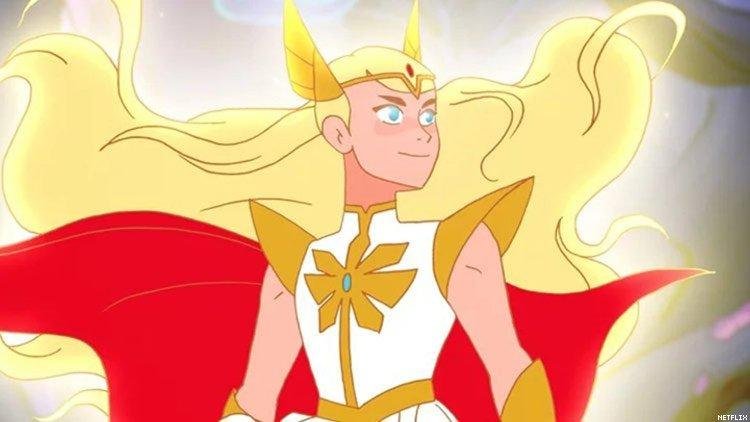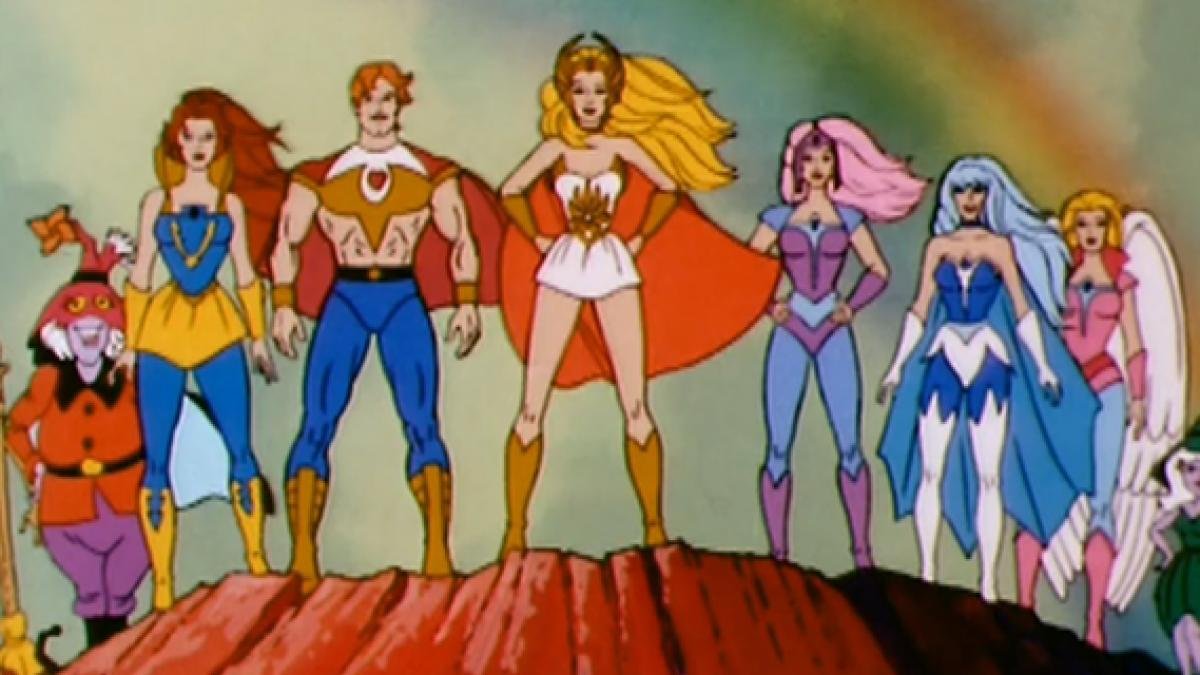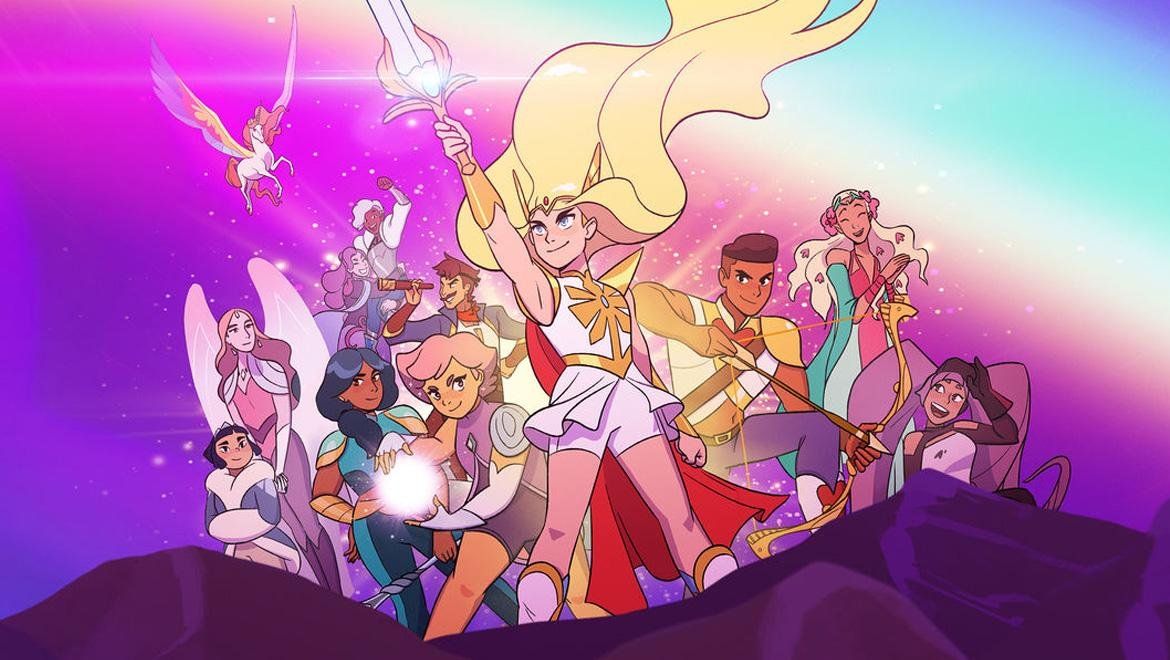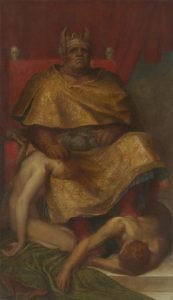She-Ra and the Princesses of Power: A Refreshingly Feminist Take on a Classic Heroine
She-Ra and the Princesses of Power has landed on Netflix and it’s taking the world by storm. The animated series is a reboot of the ’80s classic, She-Ra: Princess of Power. However, this time around, the show has been given a refreshingly feminist update. This article will delve into why She-Ra and the Princesses of Power is an important show for young girls, how it subverts traditional gender roles, and ultimately why it’s a must-watch for everyone. So grab your popcorn and let’s dive into this feminist review of She-Ra and the Princesses of Power.
She-Ra and the Princesses of Power has landed on Netflix and it’s taking the world by storm. The animated series is a reboot of the ’80s classic, She-Ra: Princess of Power. However, this time around, the show has been given a refreshingly feminist update. This article will delve into why She-Ra and the Princesses of Power is an important show for young girls, how it subverts traditional gender roles, and ultimately why it’s a must-watch for everyone. So grab your popcorn and let’s dive into this feminist review of She-Ra and the Princesses of Power.

Introduction to She-Ra and the Princesses of Power
If you’re looking for a powerful and empowering animated series, She-Ra and the Princesses of Power is definitely worth checking out. This Netflix original is a reboot of the classic 1980s show, but with a modern twist that celebrates feminism and diversity. The series follows Adora, a young woman who transforms into the mighty She-Ra and joins forces with a group of princesses to fight evil and save their world. With its stunning animation and compelling characters, this show is a must-watch for anyone who loves strong female leads and epic adventures.
The show’s focus on a diverse cast of female characters
“She-Ra and the Princesses of Power” has been making waves in the animation industry with its refreshing take on female representation. The show’s focus on a diverse cast of female characters is not only empowering but also a step towards inclusivity in entertainment. From the protagonist, Adora/She-Ra, to the supporting cast of princesses including Glimmer, Bow, and Perfuma, each character is unique and brings their own strengths to the table. The show doesn’t shy away from tackling issues such as sexism, body positivity, and LGBTQ+ representation, making it a standout in terms of feminist content in children’s media. Overall, “She-Ra and the Princesses of Power” is a must-watch for anyone looking for a fun and empowering series with a diverse and inclusive cast of characters.
Representation of gender and sexuality in the show
In “She-Ra and the Princesses of Power”, gender and sexuality representation is front and center. The show’s diverse cast challenges gender norms and empowers characters of all genders and sexualities. From the romantic relationship between Adora and Catra to the non-binary character Double Trouble, the show breaks down barriers and promotes acceptance and inclusion. The show also features prominent female characters who are strong, complex, and fully realized, subverting the tired tropes of women in media. “She-Ra and the Princesses of Power” is a powerful feminist statement and an important step forward in representation in media.

The empowerment of female characters
She-Ra and the Princesses of Power has been a breath of fresh air in the realm of animated television shows. The series has undeniably empowered its female characters, as they stand strong and work together to fight against evil forces. The show’s feminist themes are not only apparent in its plot, but also in its character designs and development. Female characters are portrayed as complex and multidimensional, with their strengths and weaknesses equally showcased. The show sets a great example for young girls, as it teaches them the value of teamwork, self-acceptance, and determination. Overall, She-Ra and the Princesses of Power is a must-watch show for anyone who believes in gender equality and empowerment of women.
The show’s commentary on societal issues such as prejudice and discrimination
She-Ra and the Princesses of Power is not just a fun and entertaining animated series, but it also serves as a powerful commentary on societal issues such as prejudice and discrimination. The show’s feminist themes are evident through its portrayal of diverse and strong female characters who fight against oppression and bigotry. The series also tackles topics such as body image, gender identity, and the importance of accepting differences. She-Ra and the Princesses of Power is a perfect example of how cinema and TV shows can have a positive impact on society by promoting inclusivity and diversity.
The role of male characters in the show
In “She-Ra and the Princesses of Power”, the male characters play a significant role in supporting and empowering the female characters. While the show centers around the female protagonist, She-Ra, the male characters are not portrayed as weak or inferior. Instead, they are shown as allies who work alongside the female characters to achieve their goals. This portrayal is a refreshing change from the traditional male-dominated narratives in media and sends a positive message about the importance of working together towards equality.

The show’s connection to the original 1980s She-Ra series
One of the most interesting aspects of the new Netflix series “She-Ra and the Princesses of Power” is its connection to the original 1980s She-Ra series. While the new series is a reboot, it still manages to pay homage to the original by including nods to the original characters and storylines. However, the new series also takes the opportunity to update and modernize the original, with a focus on diversity, inclusivity, and female empowerment. By incorporating elements from the source material while also forging its own path, “She-Ra and the Princesses of Power” manages to be both nostalgic and fresh at the same time.
The impact of the show on young audiences
The impact of “She-Ra and the Princesses of Power” on young audiences cannot be overstated. By presenting a diverse and inclusive cast of characters, the show has provided young viewers with positive role models that break free from gender stereotypes. The show’s feminist themes and empowering messages have resonated with audiences, encouraging them to embrace their individuality and fight for what they believe in. In a world where representation matters, “She-Ra and the Princesses of Power” is a much-needed addition to children’s media and is sure to inspire a new generation of young feminists.
Criticism and controversies surrounding the show
Criticism and controversies surrounding She-Ra and the Princesses of Power have been the topic of conversation since the show’s premiere. While many praise the show for its strong feminist stance and diversity among its characters, others criticize it for deviating from the original 1980s series. Some have also argued that the show is too “politically correct” and promotes a particular agenda. However, the show has maintained a dedicated fan base and continues to receive critical acclaim for its compelling storyline and well-developed characters. Regardless of the controversies, it’s clear that She-Ra and the Princesses of Power has made a lasting impact on the world of animation and representation in media.
Conclusion and final thoughts on the feminist themes of She-Ra and the Princesses of Power
In conclusion, She-Ra and the Princesses of Power is a series that successfully portrays feminist themes through its characters, storylines, and messaging. It highlights the importance of female friendship, empowerment, and representation in media. The series also breaks down traditional gender roles and offers diverse and complex female characters that challenge stereotypes. Overall, She-Ra and the Princesses of Power is a triumph in modern animation that offers positive representation and feminist values to audiences of all ages.
For more information about She-Ra and the Princesses of Power feminist review, including movie details, cast information, etc..
check out the filmaffinity page.



